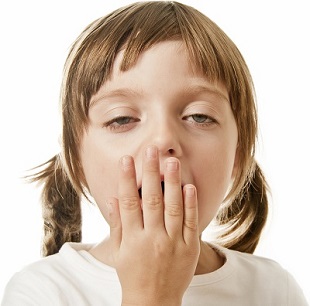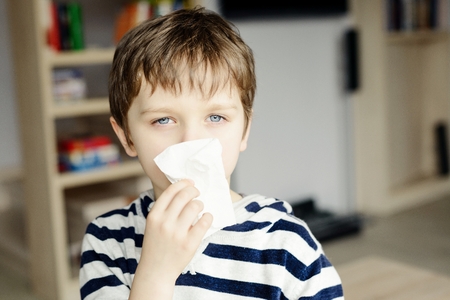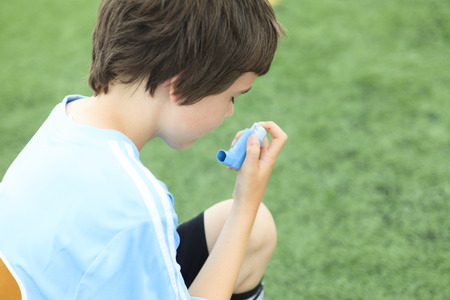How Allergies Affect Your Child
Children can have a hard time articulating how they are feeling, so understanding how allergies affect them is important.
Does your child develop a “cold” at the same time every year?
Seasonal allergies may be to blame, and according to the World Health Organization (W.H.O), as many as 40% of all children worldwide suffer from seasonal allergies or allergic rhinitis.
According to a 2014 National Health Interview Study in the U.S. 20% (roughly 14.7 million) of children have seasonal allergies and this trend is increasing. According to the WHO White Book on Allergy, allergic rhinitis affects as many as 40% of children worldwide. Allergies are the most common chronic disorder in children. The number of children in developed countries around the world with allergies has increased dramatically in the past 25 years.
Prevalence is also rising in low to middle income countries.
Allergic rhinitis affects more boys than girls; in adults, everyone is affected equally.
Allergic rhinitis develops before 20 years of age in 80% of cases.
The symptoms experienced by children are generally the same as adults but can have different quality of life implications.
Children can have a hard time articulating how they are feeling, so understanding how allergies affect them is important.
The majority of children with asthma also suffer from seasonal allergies—up to 80%. Seasonal allergy symptoms such as coughing, sneezing, and nasal congestion can trigger an asthma flare-up. This can further exacerbate the risk of death in asthmatics.
The tiny hairs in your child’s nose trap particles from the air, including pollen and fungal spores. In a child with seasonal allergies, these trapped particles cause swelling, itching, redness, and mucus production.
Children experiencing these symptoms account for a large proportion of school absences; this has been reported to cause social exclusion.
A child’s eyes can also be affected by high levels of outdoor allergens. The allergen can be trapped in a child’s eyelashes causing puffiness, itchiness, redness, and watery eyes.
The excess mucus production in the nose and sinuses that occurs in children suffering from seasonal allergies can block the nasal passages. This causes sleep problems in almost 90% of children with seasonal allergies.
Teens suffering from these types of seasonal allergy symptoms during end of year exams are twice as likely to drop a grade from their winter marks compared to those without seasonal allergies.
There are many studies that support these findings.
The prevalence and severity of atopic diseases in children are increasing. The effects of aeroallergen sensitivity on these diseases are manifold. In young children, the presence of aeroallergen sensitivity may serve as a risk factor for the development of persistent asthma.

In this study, the role of allergic rhinitis (AR), a comorbid condition of asthma, on children’s sleep problems is also examined. Is poor allergic rhinitis control related to more sleep problems?

Allergic rhinitis (AR) takes a toll on learning. It is reported that AR “may affect up to 15% of all children in the 6-7 years age range, and up to one-third of the population in the 13-14 years age interval” and that “allergic diseases are among the most common causes of school absenteeism in the United States, where an estimated two million teaching days are lost as a result”.

Urban children with asthma and allergic rhinitis (AR) are at risk for experiencing worse AR-related quality of life (QOL). AR may be underdiagnosed and undertreated in urban minority children.

Regularly check the pollen report on The Weather Network to know the forecasted pollen level in your area. Better yet, join our pollen alert forecast program:
Get the app through the Apple App Store or Google Play.
Use a saline nasal rinse to help clear allergens from your child’s nasal membranes.
Provide your child with medication at bedtime and not in the morning.
Children with ragweed allergies may also be allergic or sensitive to bananas, melon, chamomile, sunflower seeds, and cucumber.
Use a warm compress for relief from your child’s sinus pressure and pain.
Join our newsletter to stay up to date on everything pollen in your area and around the world.